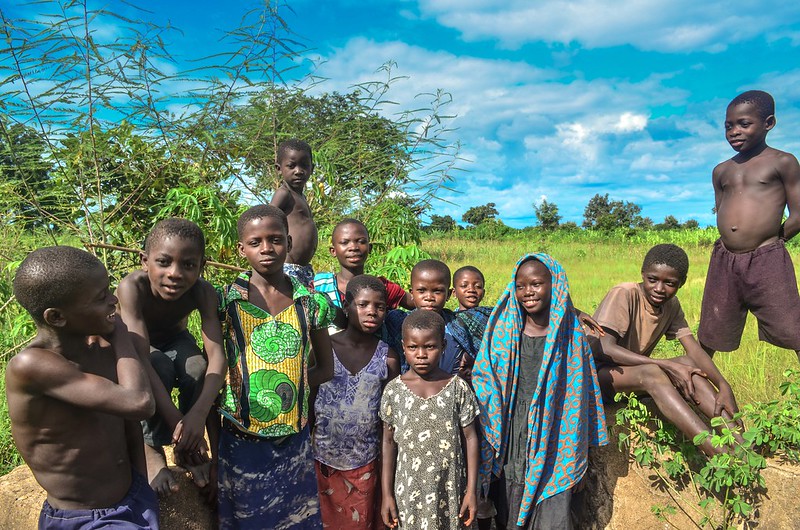5 Things Being Done to Solve Child Poverty in Togo
 Togo is located in West Africa along the coast of the Gulf of Guinea. With a population of 8.8 million, this small, mostly French-speaking country whose lush climate supports agriculture still struggles with poverty; 45.5% of the country’s population falls below the International poverty line. With so many people living below the poverty line, children are significantly affected. Many succumb to preventable diseases due to a lack of medical facilities. Additionally, 30% of children in Togo leave school to work, often facing exploitation in these environments. Despite these challenges, numerous organizations are working to end child poverty in Togo. Here are five organizations/legislative initiatives currently working on improving child welfare in Togo:
Togo is located in West Africa along the coast of the Gulf of Guinea. With a population of 8.8 million, this small, mostly French-speaking country whose lush climate supports agriculture still struggles with poverty; 45.5% of the country’s population falls below the International poverty line. With so many people living below the poverty line, children are significantly affected. Many succumb to preventable diseases due to a lack of medical facilities. Additionally, 30% of children in Togo leave school to work, often facing exploitation in these environments. Despite these challenges, numerous organizations are working to end child poverty in Togo. Here are five organizations/legislative initiatives currently working on improving child welfare in Togo:
SOS Children’s Villages
SOS Children’s Villages has helped youth and families in 138 countries and territories, including Togo. Its approach is to prevent child and family separation, protect those children who are separated from their families and advocate for children’s rights policies.
In Togo, 380 children are under the care of SOS, with 6,800 children attending SOS Kindergartens and schools. SOS has provided 33,730 medical services, such as creating medical facilities that help aid kids with diseases such as diarrhea, tuberculosis and cardiovascular disease.
Social Safety Net and Basic Services Project
The World Bank supports the Social Safety Net and Basic Services (FSB) project, which the National Grassroots Agency implements. FSB provides financial assistance to families in need in Togo. For example, it helped one man double the size of his gardening business, enabling him to support his four children. Following initial successes in smaller villages, the World Bank increased its budget to $100 million in 2023 to support a larger number of villages in Togo.
International Conventions
Togo has already ratified the International Labor Organization (ILO) Convention 138 on the minimum age for admission to work and the Hague Convention on Protection of Children and Co-operation in Respect of Intercountry Adoption. These conventions and the Children’s Code of 2007 ensured nondiscrimination, the right to life and the principle of children’s best interests. The adoption of these initiatives shows great steps into the future of protecting children through legislation.
CARE
CARE has been working in Togo since 1986. Its work focuses on supporting women and girls through training, health services and knowledge sharing. CARE helps girls who experience exploitative and hazardous child labor receive education. CARE provides training, specifically in agriculture, to give women and girls knowledge in areas that will help them support themselves. The organization has reached 7,031 girls and is continuing to help more.
Humanity and Inclusion
Humanity and Inclusion (HI) is an organization working in Togo to create a more inclusive society by improving the living conditions of people with disabilities and individuals experiencing extreme hardship. One of its major initiatives is to make primary and secondary schools accessible to children with disabilities. HI’s teams train teachers, support schools and provide educational resource centers to make these schools a more welcoming place for children with disabilities.
Conclusion
There are many organizations and legislation initiatives at work to help end child poverty in Togo. Each of these provides aid for families, creating a foundation of their own. They have made education more accessible, which keeps children out of work. They have even specialized in certain groups, such as children with disabilities and women. This ensures that they are helping to cultivate an equitable life for these children. The work of these organizations gives hope for the future and a light at the end of the tunnel for the children of Togo.
– Ellie Buss
Ellie is based in Vancouver, WA, USA. and focuses on Good News, Global Health for The Borgen Project.
Photo: Flickr
